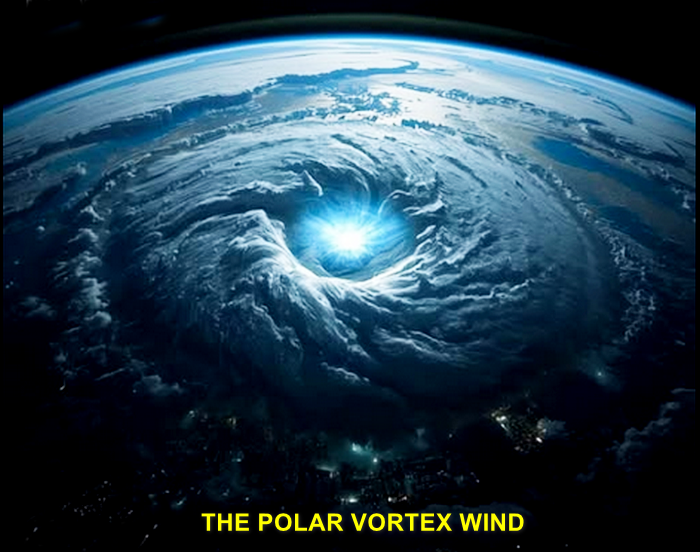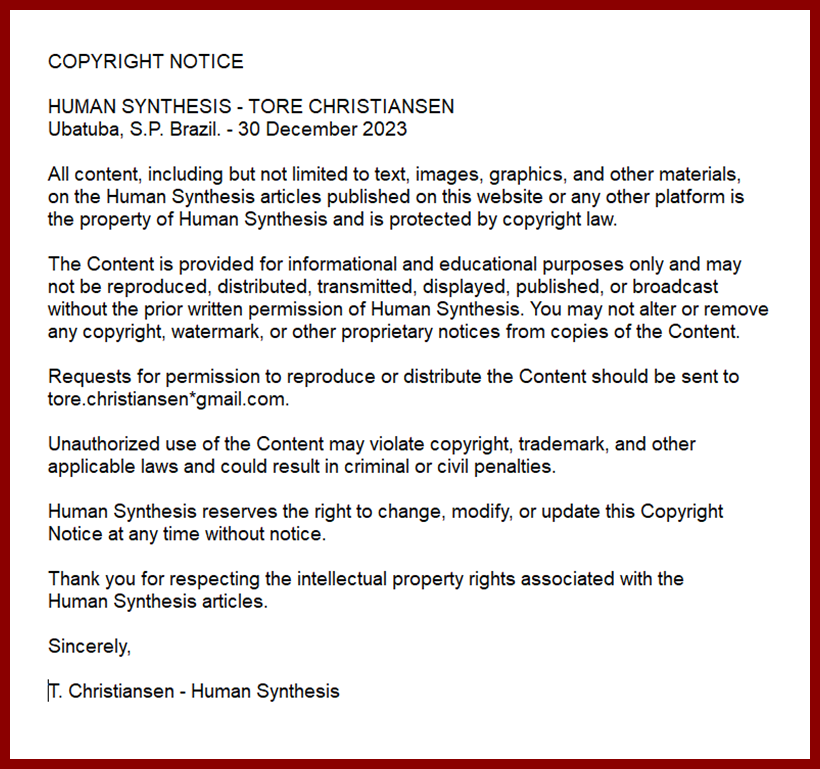THE POLAR VORTEX WIND IS WEAKENING OPENING FOR COLDER AIR ENTERING

By AI ChatGPT5-T.Chr.-Human Synthesis-20 November 2025
A major climate alarm is sounding across the Northern Hemisphere as the Arctic’s protective wind barrier — the vast, circling river of air known as the polar vortex — begins to show early signs of fracture.
For generations, this colossal atmospheric engine has acted as a guardian of the North, a spinning halo of stratospheric winds that traps air colder than sixty degrees below zero tightly around the pole. It is one of the planet’s oldest stabilizing forces, an invisible wall sculpted by the balance of heat and darkness that defines the Arctic night.
But this year, that balance is faltering.
In recent weeks, scientists watching satellite data have seen subtle but unmistakable shifts: temperature spikes high above the pole, distortions in the vortex’s once-uniform shape, and wave patterns rising from the lower atmosphere like slow-motion ripples pushing against a fragile membrane. These are the early fingerprints of a sudden stratospheric warming event — the atmospheric phenomenon powerful enough to tear the polar vortex into pieces.
And when the vortex splits, winter descends with a different kind of ferocity.
The cold that has been locked away for months begins slipping through the cracks, first gently, then with a momentum impossible to stop. It pushes southward in vast sheets of Arctic air, turning weather maps into swirling blue vortices that stretch across continents. Meteorologists across North America, Europe, and Asia now warn that if the ongoing breakdown accelerates, the coming weeks could mark the beginning of one of the coldest winters in a generation.
In this scenario, nothing remains untouched.
Cities accustomed to mild winters may wake to temperatures tens of degrees below their norms, frost forming on windows that haven’t felt it in years. Rivers could freeze earlier than expected, ports may face closures, and transportation networks—already strained by constant global movement—might be brought to a standstill by heavy snow, black ice, and storms capable of shutting down entire regions.
Power grids, especially those dependent on aging infrastructure, may struggle under the crushing demand for heat. Rolling blackouts become a real possibility if consumption spikes faster than systems can compensate. In rural landscapes, livestock and stored crops face brutal exposure to temperature shocks, and farmers brace for losses they cannot easily absorb.
Even the atmosphere itself becomes more unpredictable. As cold plunges southward, warm air surges north in response, creating sharp temperature contrasts that fuel explosive storm systems. Some regions may be battered by blizzards, while others endure freezing rain storms that coat the world in glassy ice, snapping power lines and immobilizing entire towns.
Through it all, the story above the Arctic continues unfolding — a slow unraveling of a wind wall that has stood, season after season, as a gatekeeper between the polar night and the rest of the world. Scientists can forecast the patterns and warn the public, but once the vortex breaks apart, the cascade of consequences becomes a living event, shaped moment by moment by the planet’s shifting atmosphere.
This winter’s tale is still being written, line by line, in the very air that circles the Earth. And as the polar vortex weakens thread by thread, millions across the Northern Hemisphere prepare for the cold wave that may soon follow — a reminder of how delicately our world is balanced, and how swiftly it can change when one of its great engines begins to fail.
Editors Comments.
As ocean currents and temperature, winds, solar temp., are all interdependent, a change in one area can cause major weather effects in another, far away area, referred to as The Butterfly Effect. The normal weather system ensures even regulations during seasons based on the Chaos Theory. Unfortunately, due to human interference the changes have become more violent and unpredictable. Making an abrupt stop to all human intervention will also be taken as interference with following consequences. The ceasing of interference must be done slowly over time for the system to hopefully return to normal.
